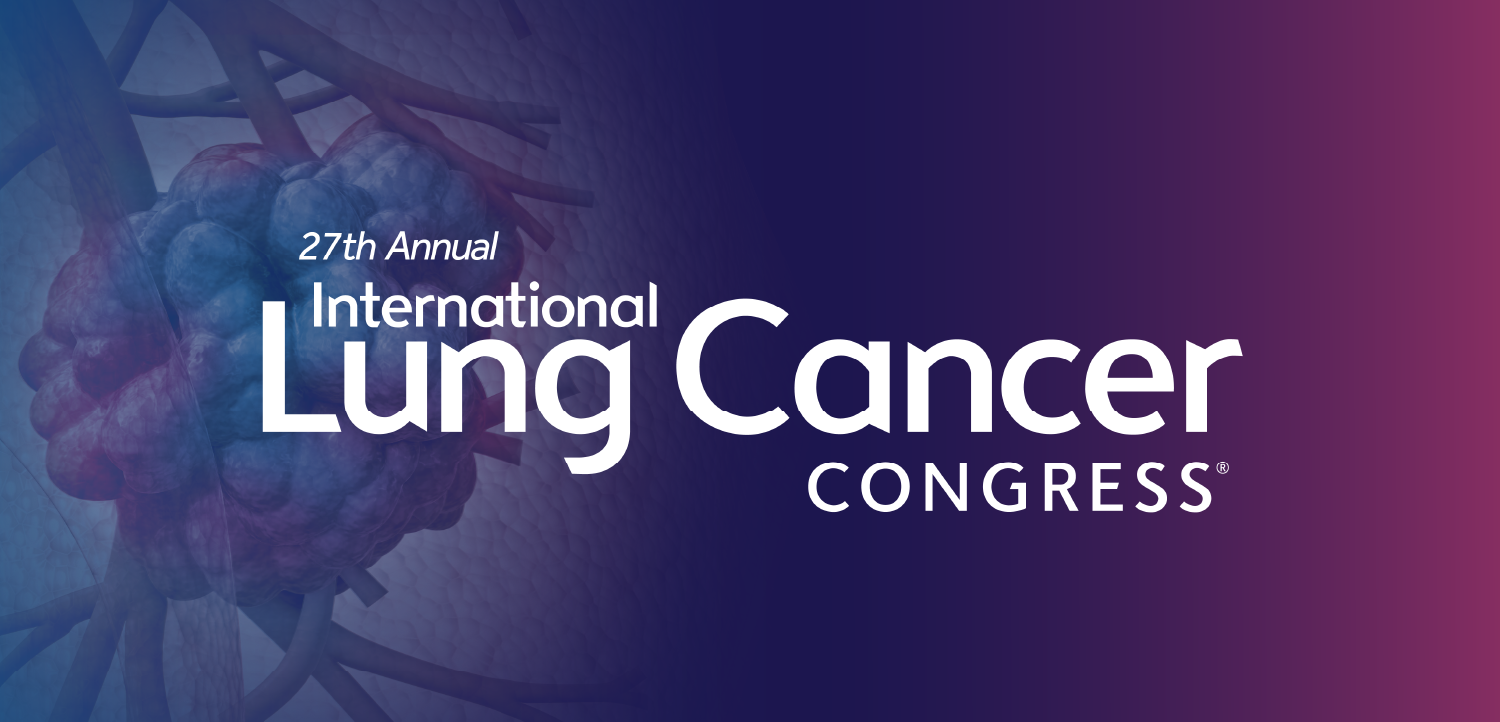
Case Monitoring Cuts First-Year Hemodialysis Death Risk by 41%
NASHVILLE -- Mortality for new hemodialysis patients can be reduced by 41% during the first year of treatment by an intensive case monitoring program, researchers here found.
NASHVILLE, Oct. 17 -- Mortality for new hemodialysis patients can be reduced by 41% during the first year of treatment by an intensive case monitoring program, researchers here found.
The program -- which includes nutrition counseling and aggressive anemia management -- also reduced hospitalization rates in patients with end-stage renal disease, according to T. Alp Ikizler, M.D., of Vanderbilt Medical Center, and colleagues.
The few studies that have looked at mortality within the first 90 days of beginning maintenance hemodialysis found annualized death rates of between 24 and 50 deaths per 100 patient-years, Dr. Ikizler and colleagues reported in the November issue of the Clinical Journal of the American Society of Nephrology.
To see whether that could be improved, they designed a structured quality improvement program -- dubbed RightStart -- that focused both on medical needs and patient education and support.
The program was tested on 918 new hemodialysis patients who were prospectively enrolled in 39 participating clinics between May 2002 and November 2005. Another 1,020 patients who began hemodialysis during the same time -- randomly selected from 31 outpatient clinics -- served as a control group, the researchers said.
"It is important to note that the ESRD community provides excellent care to dialysis patients overall," according to co-author Raymond Hakim, M.D., of Fresenius Medical Care in Brentwood, Tenn. "However, because new dialysis patients have special needs, they require intense and focused care to improve their outcomes further," he said.
In the RightStart program, Dr. Ikizler and colleagues reported, nurses worked with each patient, offering education on patient self-management. Nutrition was emphasized because new dialysis patients are often malnourished.
Each patient was also assigned to a case manager, who looked for any medical problems that developed in the first few weeks of treatment.
Key endpoints of the study were mortality and hospitalization rates, and the researchers found:
- At three, six, and 12 months, mortality rates for patients in the RightStart program were 20, 18, and 17 deaths per 100 patient-years, respectively.
- In contrast, the rates for control patients were 39, 33, and 30 deaths per 100 patient-years.
- All comparisons were significantly different at P<0.001.
- After adjusting for random effects of different treatment facilities, the RightStart program resulted in a 41% decrease in the risk of mortality at a year. The hazard ratio was 0.59 with a 95% confidence interval from 0.45 to 0.79, which remained significant at P<0.001.
There was a similar pattern for hospitalization, Dr. Ikizler and colleagues reported, with a significant improvement (P<0.001) in days spent in hospital at all time points for patients in the RightStart program.
On average, over the first year after starting dialysis, RightStart patients averaged 7.2 days in hospital, compared with 10.5 days for control patients, the investigators found.
The program showed itself "to dramatically improve outcomes," Dr. Hakim said, although he and colleagues noted that the results "should be interpreted with some caution."
Among other limitations, it was not a randomized controlled trial, they said, and there were some unavoidable selection biases such as exclusion of patients with cognitive impairment in the RightStart group that might have affected the results.
Newsletter
Enhance your clinical practice with the Patient Care newsletter, offering the latest evidence-based guidelines, diagnostic insights, and treatment strategies for primary care physicians.



















































































































































































































































































































